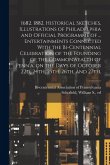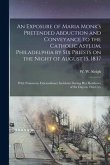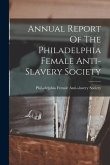Explore the vibrant literary landscape of early America with "Philadelphia Magazines and their Contributors 1741-1850" by Albert Smyth. This meticulously researched volume delves into the history of Philadelphia's burgeoning magazine and periodical scene, offering a fascinating glimpse into the cultural and intellectual life of the 18th and 19th centuries. Smyth's work provides a detailed examination of American periodicals published in Philadelphia during this pivotal period, shedding light on the writers, editors, and thinkers who shaped the nation's early literary identity. Discover the influential voices and publications that contributed to the development of American literature and fostered intellectual discourse in a rapidly evolving society. A valuable resource for historians and literature enthusiasts alike, this book offers a unique perspective on the evolution of American thought and the enduring legacy of Philadelphia's literary heritage. It remains a seminal study of American periodicals and their impact on the colonial and early national periods. This work has been selected by scholars as being culturally important, and is part of the knowledge base of civilization as we know it. This work is in the public domain in the United States of America, and possibly other nations. Within the United States, you may freely copy and distribute this work, as no entity (individual or corporate) has a copyright on the body of the work. Scholars believe, and we concur, that this work is important enough to be preserved, reproduced, and made generally available to the public. We appreciate your support of the preservation process, and thank you for being an important part of keeping this knowledge alive and relevant.
Bitte wählen Sie Ihr Anliegen aus.
Rechnungen
Retourenschein anfordern
Bestellstatus
Storno









